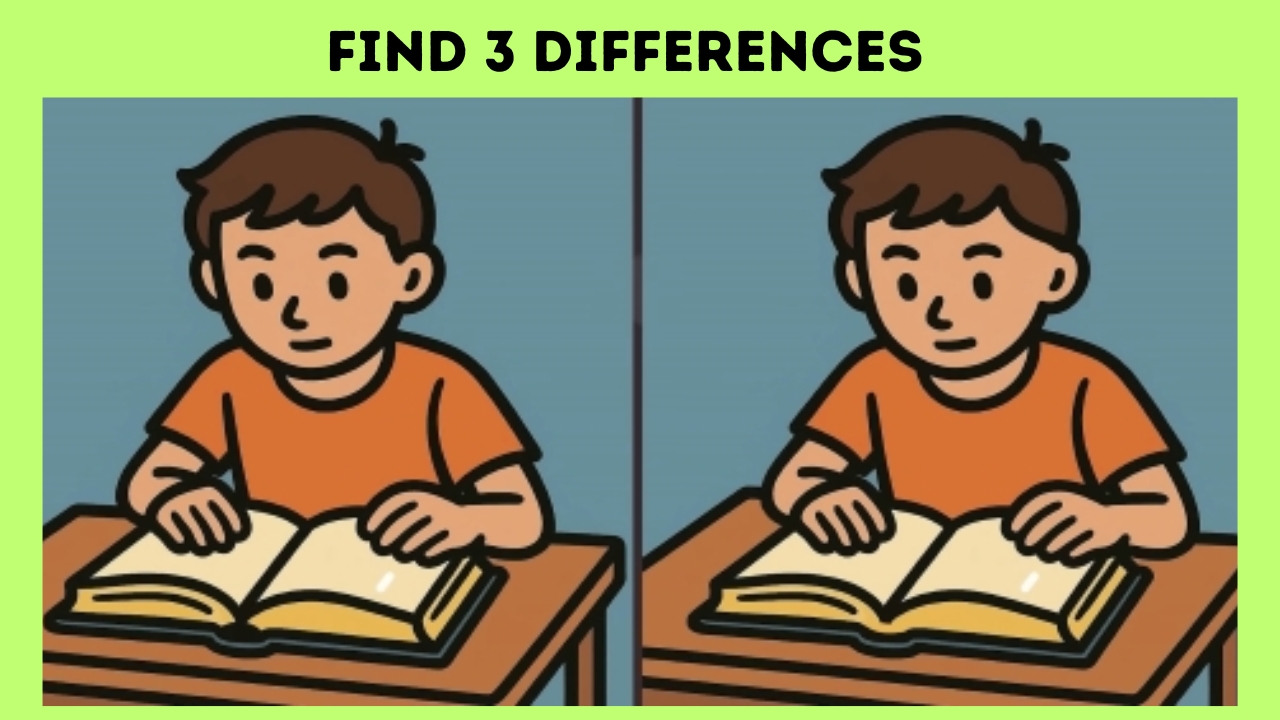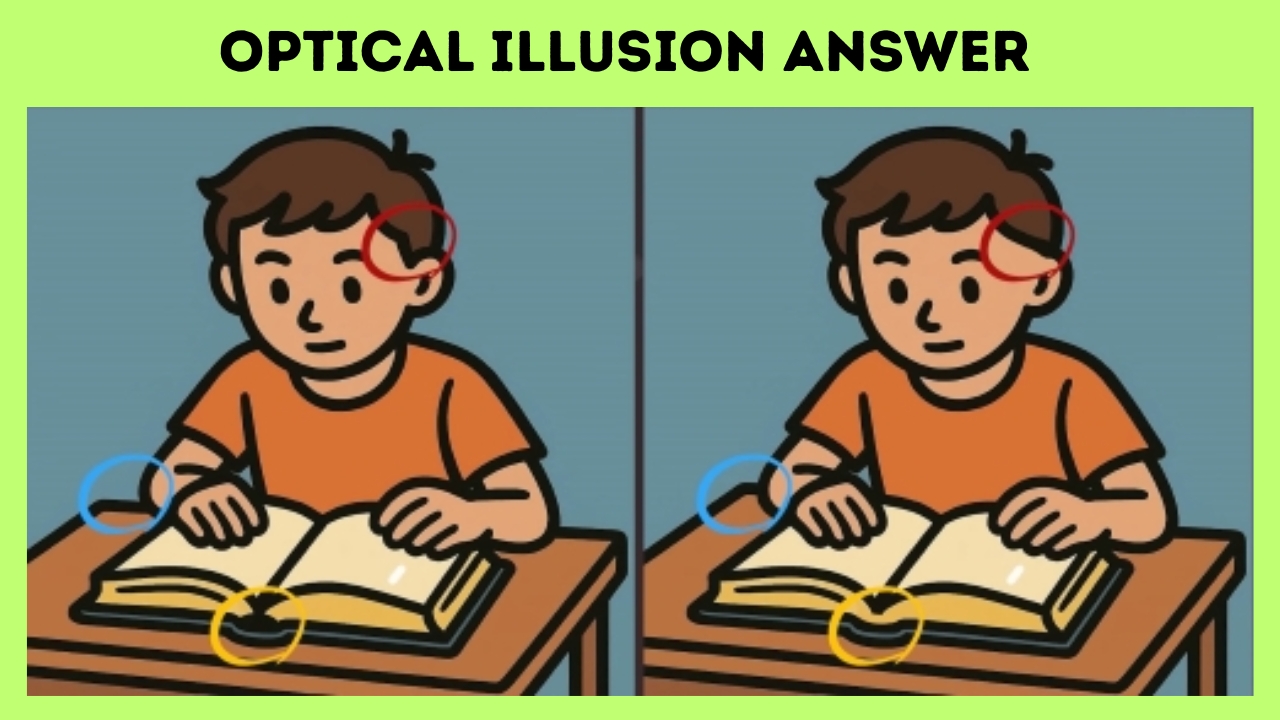Social media feeds are buzzing with a deceptively simple challenge that’s proving tougher than it looks. A seemingly identical pair of images showing a young boy absorbed in his studies has become the latest viral sensation, leaving thousands of puzzle enthusiasts scratching their heads. The task sounds straightforward enough: find three differences between the two pictures in just 49 seconds. Yet, as participants worldwide are discovering, this visual puzzle demands serious concentration and a keen eye for detail.
Why These Puzzles Are More Than Just Fun and Games

Optical illusion challenges and spot-the-difference puzzles have long been recognized by cognitive scientists as valuable tools for mental fitness. These visual exercises do far more than provide a few minutes of entertainment—they actively engage multiple areas of the brain simultaneously. Researchers have found that regular engagement with such puzzles can enhance observation skills, improve visual processing speed, and even boost short-term memory retention. For students and professionals alike, these challenges offer a quick mental workout that sharpens focus and trains the brain to notice subtle details that might otherwise go unnoticed in daily life.
The Scene: A Studious Moment Frozen in Time
The image in question depicts a relatable scene: a young boy sitting at his desk, completely immersed in his homework or study session. Books are stacked nearby, a lamp illuminates his workspace, and various study materials surround him—the picture of academic dedication. At first glance, the two side-by-side images appear to be carbon copies of each other. This illusion of sameness is precisely what makes the challenge so compelling and, frankly, so frustrating for many who attempt it. The devil, as they say, is in the details, and this puzzle hides its secrets remarkably well.
The 49-Second Race Against Time
What elevates this from a casual observation game to a genuine challenge is the time constraint. Forty-nine seconds might seem generous, but when you’re scanning every corner of a detailed illustration, those seconds evaporate quickly. Some participants report finding one or two differences relatively quickly, only to spend the remaining time desperately searching for that elusive third variation. Others stare at both images until their eyes blur, convinced the puzzle is unsolvable. The time pressure adds an element of excitement and urgency that transforms a simple visual comparison into a competitive race against the clock.
The Answer Revealed: Where Were Those Sneaky Differences?

For those still puzzling over the solution, here’s where the three differences are hiding: First, take a close look at the boy’s shirt collar—one image shows a slightly different collar design or position. Second, examine the books or items on the desk carefully; there’s a subtle change in one of the objects’ appearance or arrangement. Third, check the background elements, particularly around the study lamp or wall area, where a small detail has been altered. These modifications were cleverly chosen to blend seamlessly into the scene, requiring focused attention to spot. Whether you found all three within the time limit or needed a bit longer, the real victory lies in giving your brain that valuable exercise.


